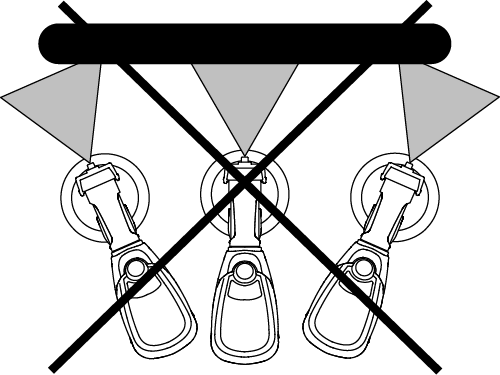Silicate interior paint:
You can spray silicate interior paint with our WAGNER paint spray systems from the HVLP DIY series. Please note that when applying silicate interior paint, surfaces such as windows can be attacked and damaged. Accordingly, mask these surfaces well in advance. For further information, please refer to the technical data sheet of the paint manufacturer.
Silicate exterior paint:
Silicate exterior paint should not be applied with our WAGNER DIY equipment, neither with airless nor with HVLP equipment.
We recommend the use of an airless handyman device (e.g. ProSpray 3.21 / SuperFinish 23 or larger). In addition, we recommend re-rolling with the roller,
as with a very coarse surface structure it cannot be guaranteed that the paint will penetrate into every corner.



